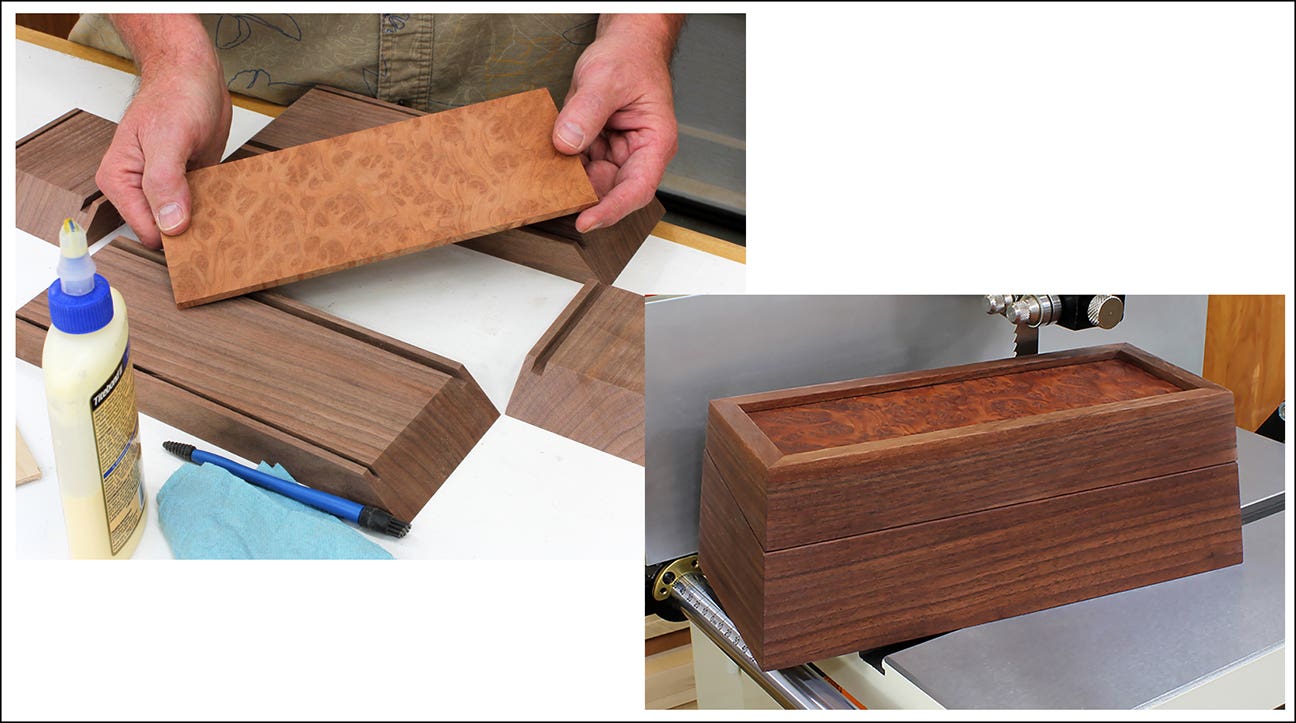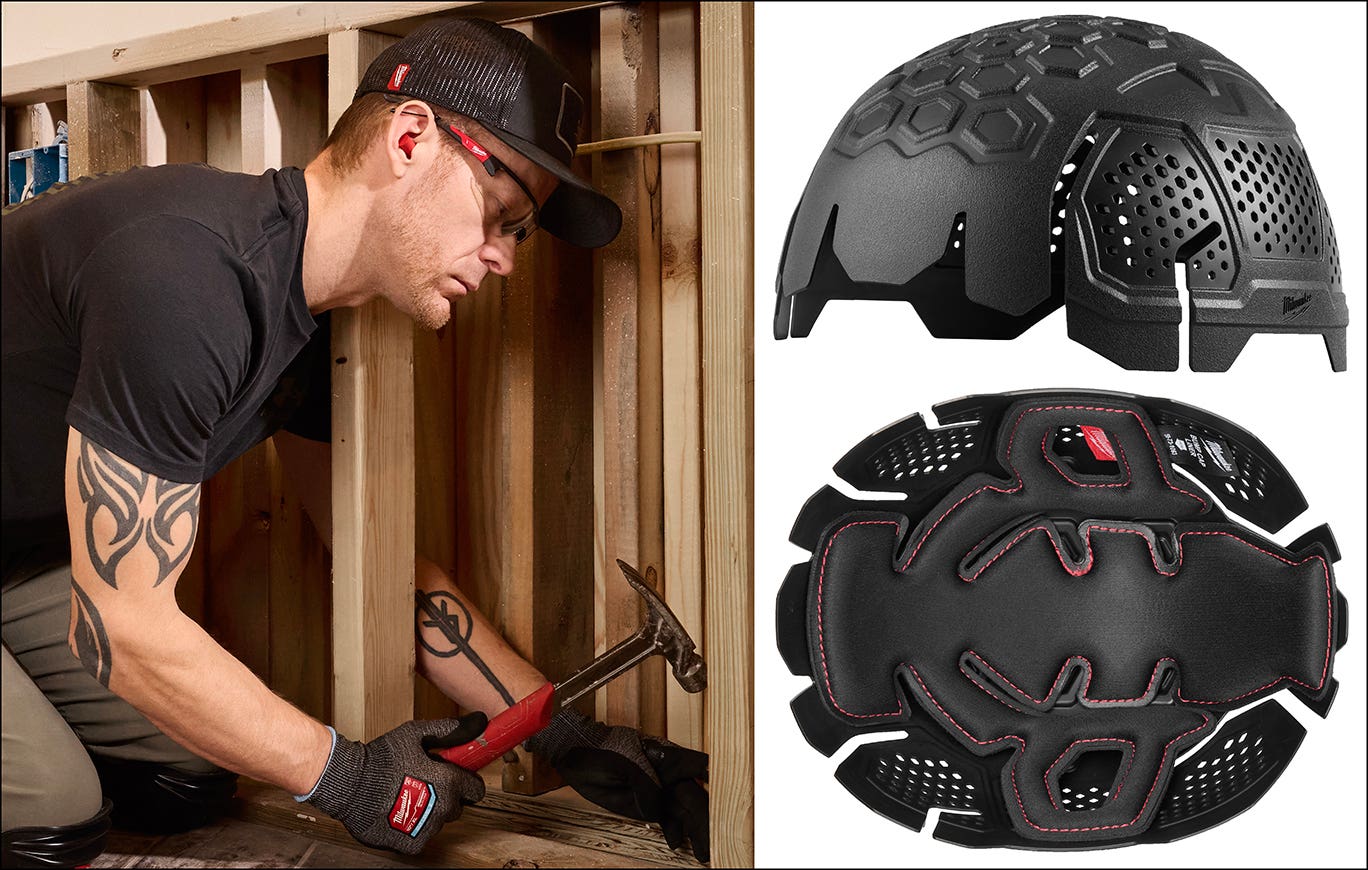New regulations can open new doors for finishers
Regulatory bodies, like most government agencies — even the most benign — have a tendency to grow in influence, power, complexity and size. As a natural result, they participate in…
Regulatory bodies, like most government agencies — even the most benign — have a tendency to grow in influence, power, complexity and size. As a natural result, they participate in a dynamic tension where they depend on the regulated for their own existence, but in the exercise of their restrictive powers tend to depress the industries they regulate.
Consequently, OSHA, EPA, NFPA, DOT, RCRA and oh-so-many-others are a part of your business. If they are going to continue to exist and you are going to continue to exist, you are somewhat dependent on your relationship with them. You can find ways to coexist with them, avoid them or fight them.
Some, perhaps most of, the regulations have a common-sense basis. These are the easiest for reasonable people to comprehend and support. Those that defy common sense are more difficult. Know the difference.
New products come out all the time to help you do your job with more ease and efficiency, to offer more options to your customer, to keep the manufacturer or vendor ahead of the competition and to sell you more product. They also can help you comply with regulations, with lower VOC versions or less toxic/hazardous ingredients. You can devote some time and effort learning about products that purport to do the things you need to have done, and to make good decisions about incorporating those products into your repertoire, and to work through the learning curve to make best use of the products. Utilize the educational resources available, such as the Internet, DVDs, a trusted circle of likeminded fellow craftsmen, vendors and salesmen, even books and magazines.
Or you can say, “I’ve done this for 30 years and no one’s complained yet,” until, if you are lucky, you are the last one in town who can do what you do. If you are not lucky, you might be the last one who knows what nobody will pay you to do.
New products, or sometimes just different products, can open up opportunities to make your business easier, more productive, more profitable, safer, more comfortable and, for some of us, more exciting.
Especially for the on-site refinisher or touchup technician, many of the water-borne or low VOC, lower odor, non-residue types of products can open doors now closed to older solvent-borne technologies. Each year, there are improvements in the formulation and performance of many of the waterborne coating materials and peripheral products, resolving many of the real or perceived downsides of the technology. Finishers are finding sources of information and education about the use of these improved or new products easier to access and they should not shy away from new knowledge in their changing world.
Fillers, glazes, stains and dyes, pigment and dye concentrates, catalysts, flow enhancers, reducers, extenders and accelerators are just few of the ancillary products that are part of the package.
What’s that smell?
There is a greater-than-ever perceived hazard to almost anything that has a strong or especially unpleasant odor when used by an onsite finisher or repair technician. It is incumbent to anyone working in a home or business to do what can be practically done to keep the hazards — real or imagined — to a minimum.
This means knowing what the hazards are, how they are understood by the client and mitigated by the best available control technology. Obviously, adequate ventilation to keep the exposure to the client’s personnel or property at or below permissible limits is paramount, but filtration of liquid or solid airborne particulate, adsorption or absorption of solvent vapors in an activated charcoal or other media, can be used as well. Ozone generators can be effective in some cases, but the EPA warns that “there is evidence to show that at concentrations that do not exceed public health standards, ozone is not effective at removing many odor-causing chemicals,” and cautions against higher levels of ozone unless the room is unoccupied by humans or pets. “Ozone can adversely affect indoor plants and damage materials such as rubber, electrical wire coatings and fabrics and artwork containing susceptible dyes and pigments (U.S. EPA, 1996a).”
Higher performance coatings
Polyurethanes, especially catalyzed or two-part polyurethanes, are becoming more common in the U.S., as they have been in Europe for quite some time. They have been used for a long time here as well, but until recently their use has been primarily in high-end aircraft and marine interiors and exteriors and the automotive world. Moisture cure and two-part urethanes are often used for wood flooring. Toughness, chemical resistance, film build (high solids content) and rapid cure are among the advantages they offer. There are both solvent- and water-borne versions.
The refinishing question
One area of increased interest is in the propriety of using modern materials to repair, restore or conserve collectible items — and even whether such repair is even advisable. In recent years a well-known television series, “Antiques Roadsho,” and similar programs have, in a well-intentioned manner, and for better or worse, fostered the impression that any old item should be left in its current, unmodified state in order to maintain its value.
An easily predictable outcome of this conception is that an owner of an older, potentially useful and potentially valuable item, might leave it in a damaged, deteriorating and unusable state, rather than have it repaired or restored. It has been my experience that most people do not protect those items from further damage due to misuse, even when they have decided that they might be valuable later. Some pieces that might be cared for while being properly used (think of grandpa’s rocker rotting in the shed rather than sitting in the family room or library) could be lost.
Some sensible approaches to this situation might include careful consultation with the client about what the options are prior to beginning any work and getting a contract or indemnification to protect the technician. Of course, if the expected value of the item is high, it might pay to get an appraisal by an expert to clarify the risk.
Technicians are becoming, understandably, more concerned about the possibility of lawsuits or other action being taken against them for negligence in refinishing or repair for using techniques or materials that are later believed to have been inappropriate for the item, resulting in some loss of value. This should not often be reason to turn down business, but could require a little more care and greater rapport between the technician and the client.
Join forces
Don’t underestimate the awesome power of a community of craftsmen, artisans, manufacturers and vendors who are willing to share information, expertise, experience and brainpower freely with others in related vocations. Some partnerships can be casual, such as those with people and businesses who have contiguous and overlapping customers and clients, such as the association between a cabinet shop with extensive wood fabricating tools and skills and a refinishing shop and an upholsterer.
A more formal business partnership might have an outside touchup technician working as a contractor to a new furniture retail store and a refinishing shop and the refinishing shop does custom finishing for a cabinetmaker. They each sub-contract to the other partners for skills or shop resources.
Greg Williams, formerly senior touchup and finishing instructor for Mohawk Finishing Products, is now a freelance instructor and consultant.
This article originally appeared in the December 2015 issue.






